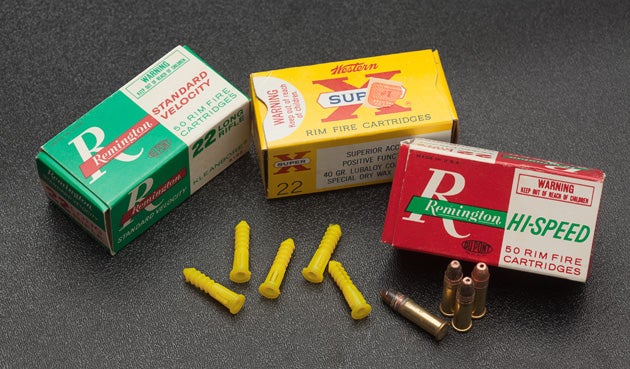Tips for Easing in New Shooters
Oleg Volk 04.16.14

Training new shooters can be a difficult task. They have to master several skills — safe gun handling overall, effective operation of the specific firearm, stance, sight alignment, and trigger control — in a quick succession, and then apply all of them at once. Worse, many have only a little time available or a short attention span. We can make the learning process less stressful and more effective with careful application of appropriate technological aids.
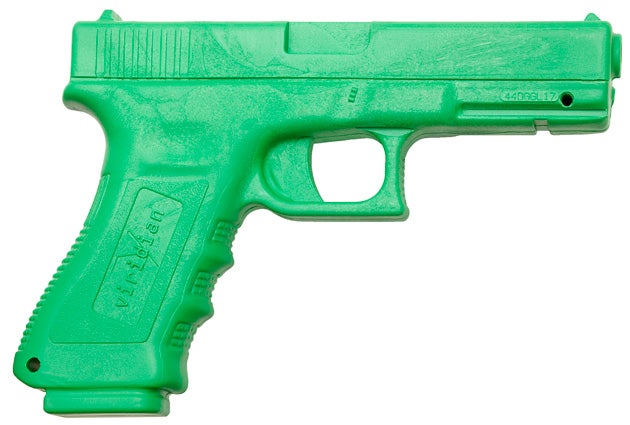
Concern number one is always safety. Using an inert pistol works well, but using an inert laser trainer works even better, as that allows safe practicing of trigger control and sight alignment. Going over the basics in the comfort of a living room or a back yard instead of a noisy range really helps. A holster should be used to put up the trainer pistol when it’s not being handled.
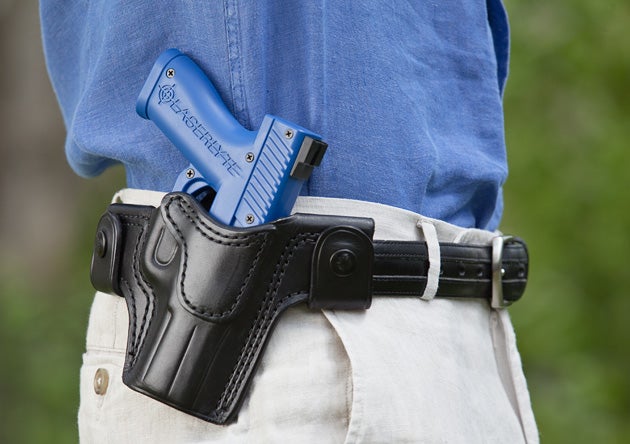
Once the rules for safe handling have been discussed and learned, trigger control should be the next topic. Many new shooters are nervous about pulling the trigger on a real firearm because they do not fully understand its operation. They are much more confident about learning the process on a known inert trainer.
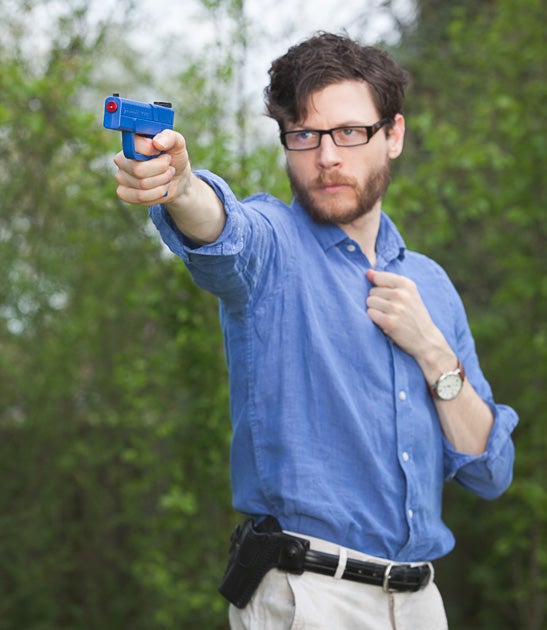
After trigger control practice, sight alignment should be introduced. It is important to point out that iron sights are just one way of ensuring hits (in addition to simple pointing, optics, and lasers) but also the most common. To avoid interference from the noise and recoil with the learning process, the same laser trainer is recommended. Costing barely more than the excise tax on a suppressor, it is a good investment for an instructor.
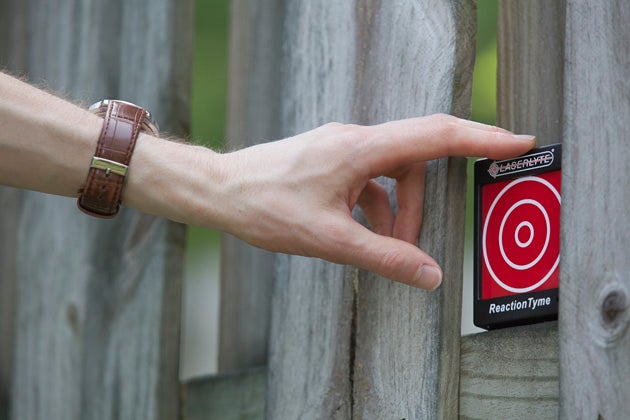
Move a step or two back.only after the trainee enjoys the early successes of hitting the target at near-contact range. This is another advantage over most live fire shooting ranges. The purpose of this process is to build confidence and skill at the same time.
Gun handling basics should also be done with dummy ammunition (Snap Caps or field expedient substitutes) outside of the range. Once loading and unloading for revolvers and autoloaders has been practiced, the live fire portion can commence. It is not necessary to introduce to both types at the initial session, except that many new users develop a strong preference for one type or the other. This way they can continue with whichever type they like best.
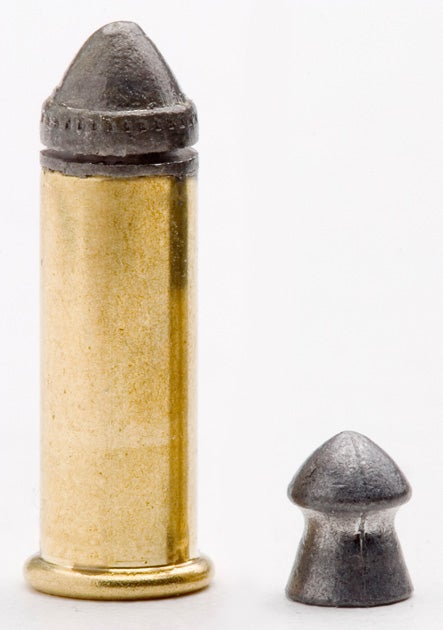
A major advantage of revolvers is the option to use extremely low powered ammunition, CB caps. Loaded with a pinch of priming compound and no actual gunpowder, these cartridges produce velocities below 400fps and a minimal report. They are close ballistic equivalents of air gun pellets, but they operate in ways consistent with other firearm ammunition. A medium or large frame revolver fires these with no perceptible recoil and adequate accuracy for 3-7 yard distances. Despite the low noise of the report, ear plugs should be used against the noise of the bullet impacting the backstop (and against the noise of other shooters if at a public range).
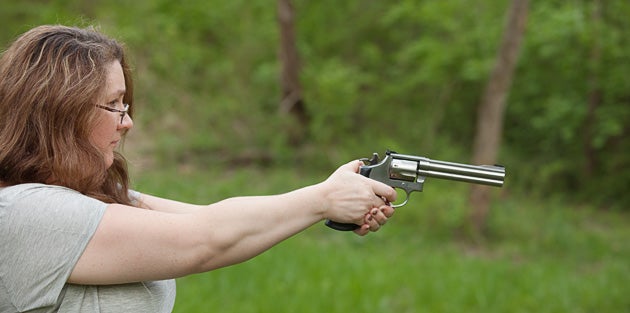
Using revolvers permits an easy illustration of single and double action trigger pulls. The instructor can use that difference to explain the function of the support hand which includes more or less pressure to affect the horizontal placement of the impact.
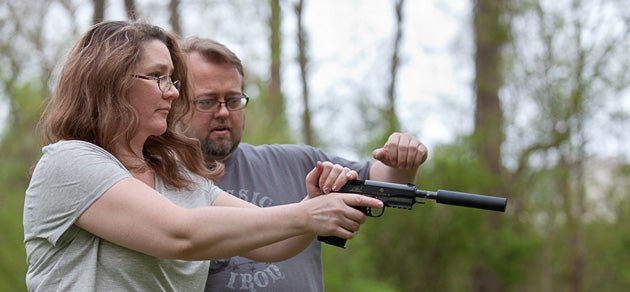
Semi-automatic pistols should be used next to expose the learners to the manual of arms. Suppressors and subsonic ammunition should be used if available. Rimfire pistols have light enough springs to make imperfect handling adequate, but still leave room to teach better techniques. Distance to target should again be very short, under three yards, and increase after good initial hits. Far too many new shooters can’t hit much even up close, so starting out at minimum ranges avoids frustrating them. At first, use simple boxes or sheets of paper as targets — the featureless surfaces will help with front sight focus.
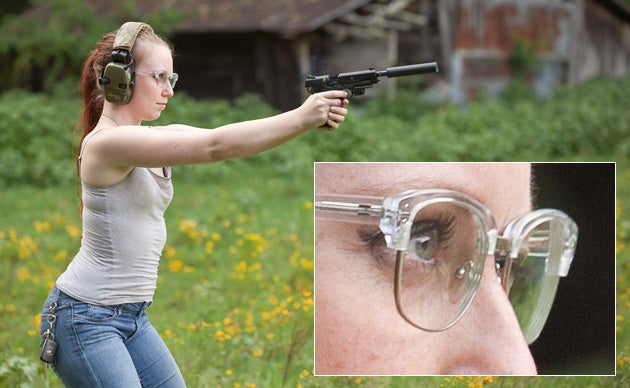
Noisy, hard-kicking firearms with severe muzzle blast cause all shooters — but especially the newbies — to flinch. That decreases accuracy and makes proper follow-through impossible. Do your best to minimize the discomfort to your learners and you will see much higher confidence and better results.
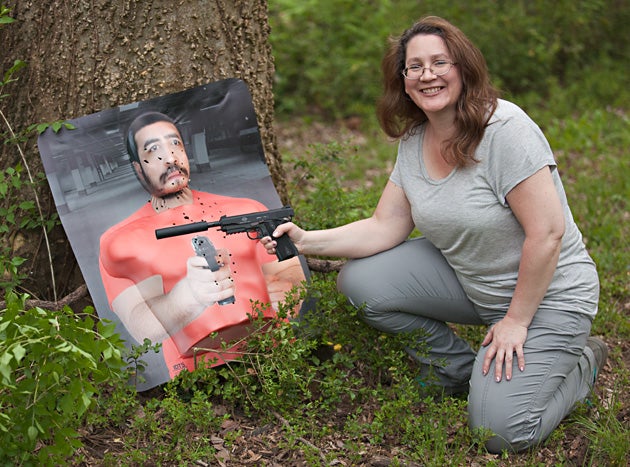
After the 8.5″x11″ sheets of paper used for the initial marksmanship drills, the full-size silhouette looks gigantic. The main vital zone is roughly the same size as a sheet of typing paper and should be as easy to hit consistently. The target above was hit with over sixty rounds by a first-time shooter and only three shots missed the “body” outright.
When practical, large reactive targets should be used to build confidence. They can be as simple as pieces of particle board that both fall over and give a satisfying cloud of dust when hit: the object is to make a hit or miss a binary event rather than a gradation from 1 to 10 and bullseye. The time to refine marksmanship is during the subsequent range trips — the first outing is to make sure your student has safe but exciting and empowering experience.
